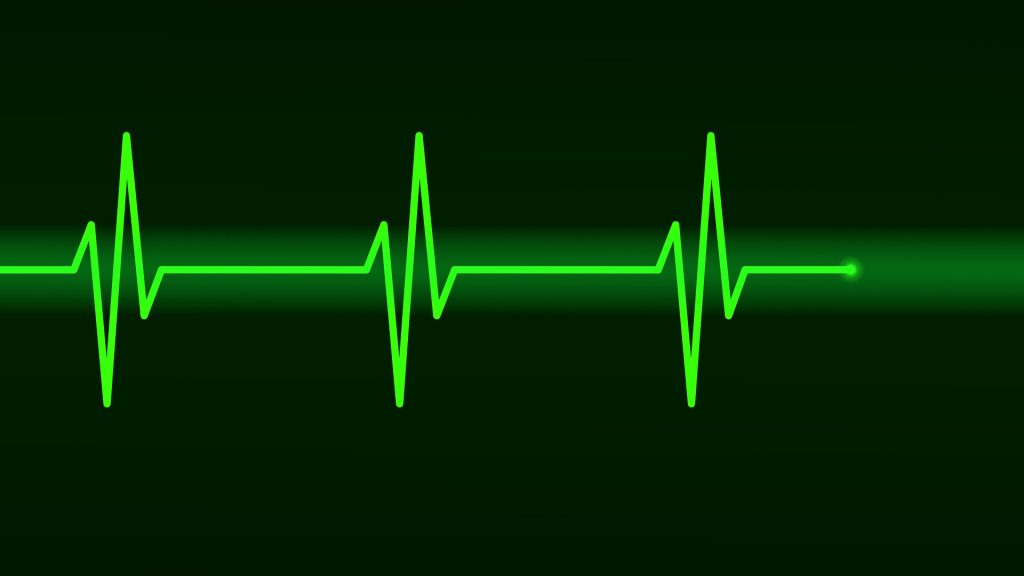Table of Contents
Pulse
Definition
Pulses are regularly occurring, undifferentiated and equally-spaced sounds.
Examples
- The tick-tock of a clock every second creates a pulse.
- A regularly dripping tap creates a pulse.
- Your heartbeat has a steady pulse (even though everyone’s heart rate is different, i.e. in musical terms, the tempo of the pulse is different).
- You are capturing the “pulse” when you nod your head, click your fingers, tap your foot or wave your hands at a steady rate when listening to music.
Beat
Definitions
Beats are pulses in a musical context in which stronger beats can be differentiated from weaker beats.
- “on the beat” or “on the downbeat“ = when the pulse is strongest
- It is called being “on the downbeat” because it’s the moment that the conductor’s baton hits the bottom of its route and begins going back up again.
- “off the beat” = in between pulses
- “upbeat” = exactly halfway between pulses
- “moving to the beat” = clapping your hands, tapping your toes or dancing to the pulse
Beat unit is the durational value that represents one beat.
Beat divisions are equal divisions of the beat unit into quick-paced secondary beats, either in twos or threes.
Beat-subdivisions are further equal divisions of the secondary beats into twos.
Explanations
When you “move to the beat”, you might perceive some beats as stronger than others. You might also be able to divide those beats into two or three equally divided quicker-paced secondary beats.
These secondary beats help establish the music’s character.
Example
As you listen to this version of the English folk song “Greensleeves”, you may feel the relatively slow beat units in the following pattern at the rate of roughly 50 beats per minute:
“strong-weaker-strong-weaker-strong-weaker-strong-weaker …”
You may count it as:
“1 – 2 – 1 – 2 – 1 – 2 – 1 – 2 …”
You may also feel the beat divisions which divide the beat units into three quicker-paced secondary beats at the rate of roughly 150 beats per minute in the following pattern:
“STRONG-weakest-weakest-WEAKER-weakest-weakest-
STRONG-weakest-weakest-WEAKER-weakest-weakest-…”
You may count it as:
“1 – & – a – 2 – & – a – 1 – & – a – 2 – & – a …”
The “STRONG” beat is the downbeat.
Useful Resources
- The Complete Musician: An Integrated Approach to Theory, Analysis, and Listening by Steven G. Laitz
- Music in Theory and Practice by Bruce Benward and Marilyn Saker
- The Musician’s Guide to Theory and Analysis by Elizabeth West Marvin and Jane Piper Clendinning
- Understanding Basic Music Theory by Catherine Schmidt-Jones
- Music Theory v 1.0
- Pulse by Music Theory Academy.
- Pulse by Grove Music Online.
- Beat by Encyclopædia Britannica.
